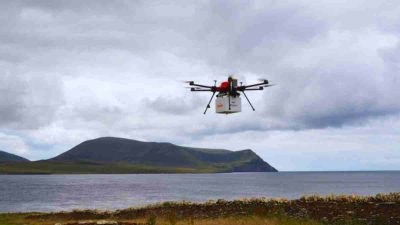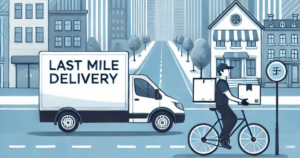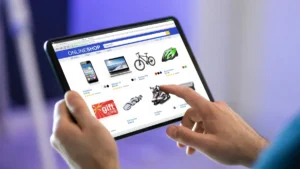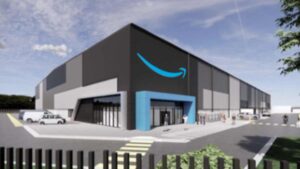It turns out that opioid overdose reversal kits delivered via drones are more effective than ambulances that transfer by road. This innovative approach, showcased in the Addiction journal, could significantly enhance emergency response times and save countless lives.
Drones saving lives
King’s College London researchers have found that drones could have reached 78% of cases within the seven-minute window to deliver overdose reversal kits. That’s the benchmark time for Category one emergency calls in England. Category one calls are used for life-threatening injuries and illnesses, specifically cardiac arrest.
This percentage starkly contrasts with the mere 14% achieved by traditional ambulances.
Moreover, the researchers discovered that optimizing drone speeds and employing specially designed cargo cradles could reach 98% of overdoses in seven minutes.
What they’re delivering
The precious cargo on these drones is called Naloxone. It’s a drug that reverses the effects of opioids and restores normal breathing.
While ‘take-home’ Naloxone kits are increasingly available from pharmacies and drug treatment services in the UK, accessibility remains challenging.
Paramedics equipped with Naloxone aim to reach emergencies within seven minutes. Still, factors like waiting times or the patient’s location can impede their swift response, especially in crowded events like music festivals.
Efficiency by air
In the perfect scenario, the drone swiftly delivers the Naloxone kit to the overdose site, allowing bystanders to administer the medication through a nasal spray. Paramedics would follow up once they arrived, ensuring the patient’s transition to urgent care.
Time is of the essence during an opioid overdose. Naloxone’s effectiveness hinges on its timely administration. This study underscores the potential of drones to deliver Naloxone faster than paramedics in an ambulance, offering a lifeline to those in need and increasing their chances of survival.
Dr. Caroline Copeland, a scientific author, highlights the importance of this breakthrough. “When a person overdoses and stops breathing, every second counts. Naloxone is very effective when given at the first signs of overdose and is easy to use. This study shows that drones can get naloxone to the site of an opioid overdose more quickly than paramedics in an ambulance. This could make a huge difference to people’s survival.”
Dr. Paul Royall, co-founder of Drone Mat Lab and a key figure in the study, emphasizes the potential uses for drones: “Drones have the potential to revolutionize medicine delivery. A robust drone network can deliver naloxone kits efficiently. The drones under evaluation have collision detection technology so they don’t fly into buildings or through air space, and are deployed using a standalone drone station.”
This study demonstrates the power of technology in addressing a pressing public health crisis. It heralds a new era where drones soar as speedy, silent heroes.












